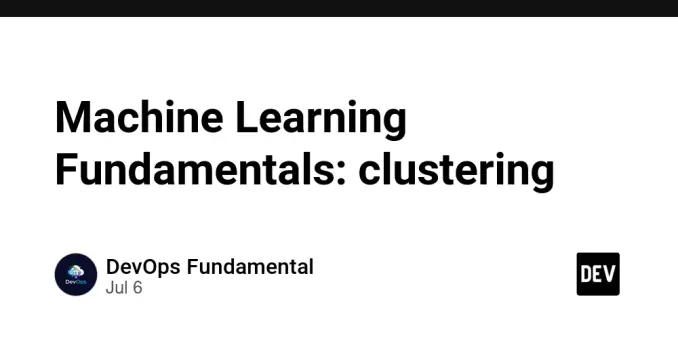Exciting news, our paper is out!
"Behavioral Clusters and Lesion Distributions in Ischemic Stroke, Based on NIHSS Similarity Network" on Springer Journal of Healthcare Informatics Research https://rdcu.be/efgma
With my co-first-author Andrea Zanola and co-authors, we explore the relations between behavioral measures of impairment after stroke, and the underlying brain lesions.
Rather than focusing on covariances at the population level, we first cluster individual behavioral phenotypes, and then explore the typical and significant lesions of each cluster.
Our technique, Repeated Spectral Clustering is performed on a similarity network (derived from the General Distance Measure, handy for ordinal scales!), and the partitions are statistically robust thanks to the aggregation of results from multiple random initializations.
We end up with 5 clusters, 3 of which show reknown principal components of deficits (Left Motor, Righ Motor, Language), and their associate lesions.
Interestingly, this multi-item and multimodal approach allows to distinguish different etiologies for the same deficits, thanks to their different behavioral associations, and the different lesions characterizing each cluster. Even when the single NIHSS measure is a bit "vague"...
We hope that popularizing the General Distance Measure, Repeated Spectral Clustering and this clustering perspective aside of PCA / CCA studies can inspire multimodal approaches in other neuroscientific and biomedical domains!
Many thanks to our co-authors, Antonio Luigi Bisogno, Silvia Facchini, Lorenzo Pini, Manfredo Atzori and Maurizio Corbetta for data, analytic and medical insights, and their guidance throughout the whole process!
read: a new paper on model-based clustering just appeared in Computo!


